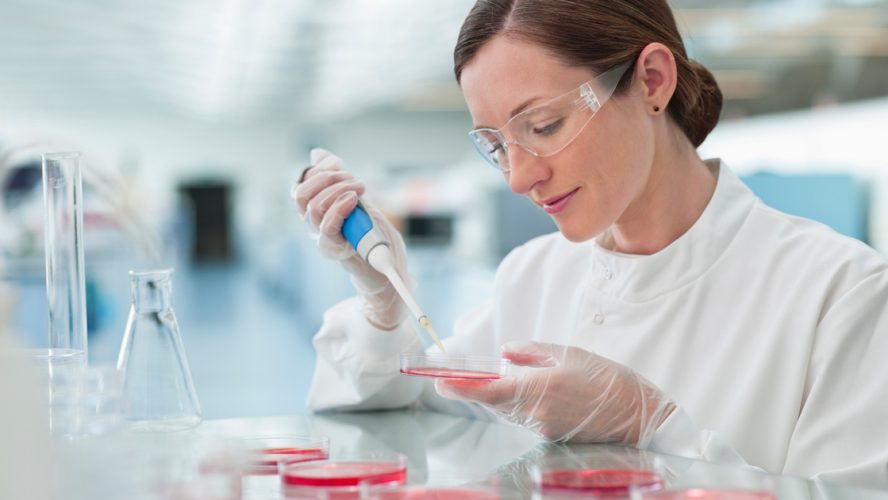
Daniel F. Sahm, PhD, D(ABMM), FAAM
Vice President Global Microbiology Services and Chief Scientific Officer, IHMA

Darcie Carpenter, PhD
Director Global Business Development, IHMA
The continued threat of antimicrobial drug resistance (AMR) spawns a wide spectrum of anti-infective strategies.
Dr Daniel Sahm, who has worked in drug development for 30 years and is Chief Scientific Officer at IHMA, states that small molecule drugs developed for infectious diseases are not maintaining the level of effectiveness needed to keep up with AMR.
Finding new innovative approaches
This continued threat of AMR among clinically relevant bacteria has resulted in the pursuit of newer strategies to develop products for the management and treatment of bacterial infections. These new strategies go beyond small molecules such as the typical antibiotics (e.g. penicillins, cephalosporins, fluoroquinolones, etc) and venture into areas such as anti-virulence products, vaccines, immunomodulators, bacteriophage therapy and microbiome manipulations. These innovative approaches are scientifically exciting and provide many new paths forward.
Complexity of trial design
However, they also introduce many new challenges with regards to complexity of clinical trial designs, product manufacturing and the development of analytical methods. For these reasons lab service providers who support all phases of anti-infective development, such as the IHMA, must be scientifically flexible and adaptive.
We probably cannot fully win the battle against AMR, but we certainly cannot afford to lose it.
New assay methods must be fully developed and validated in order to provide the necessary analytics, they also must be performed in a manner and volume that are consistent with the needs of clinical trial designs and timelines. These evolving strategies also present challenges to the microbiology diagnostic industry as many of the new analytical methods may need to be adapted for routine testing in clinical microbiology laboratories throughout the world.
Keeping ahead of AMR
As the focus for these new therapeutic strategies evolves, clinical microbiologist Dr Darcie Carpenter says: “We must adapt these clinical trial testing approaches for routine laboratory use as we try to move these therapeutic agents through the approval processes.” So, the fight against bacterial diseases continues with an opponent that has the full genetic capability to fight back. “We probably cannot fully win the battle against AMR, but we certainly cannot afford to lose it,” says Dr Sahm. “At this point, we are simply trying to stay one step ahead of this public health challenge.”


